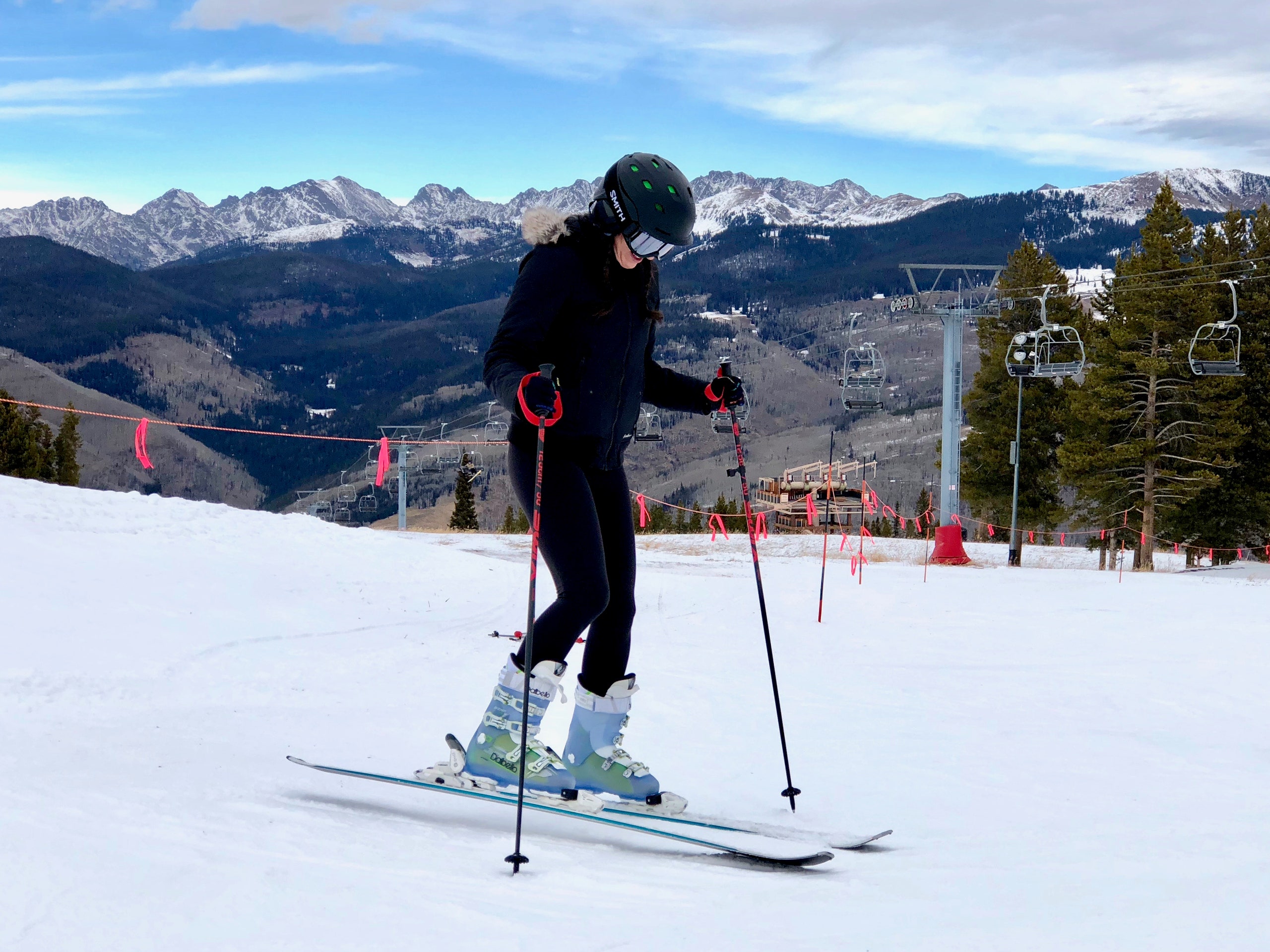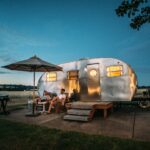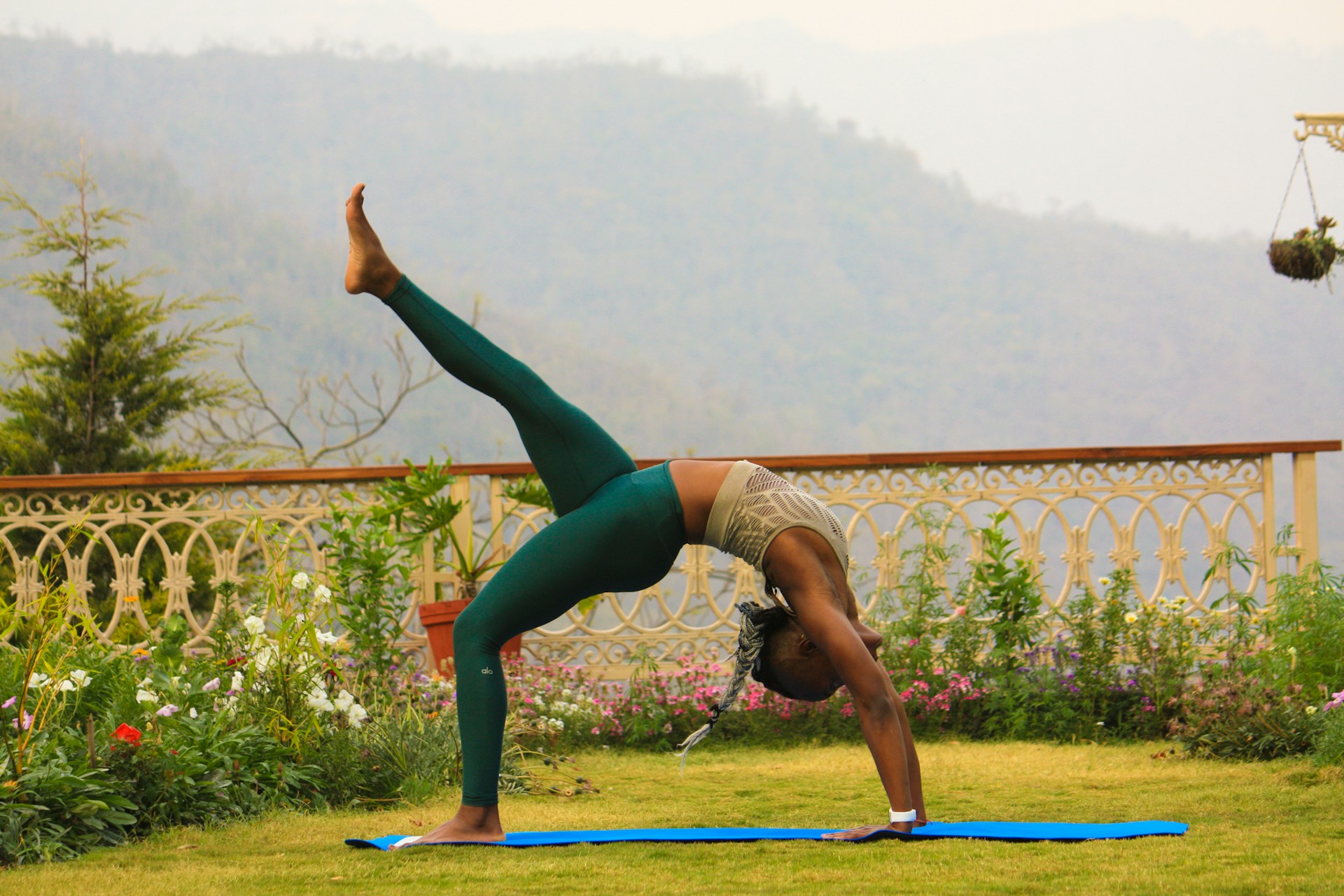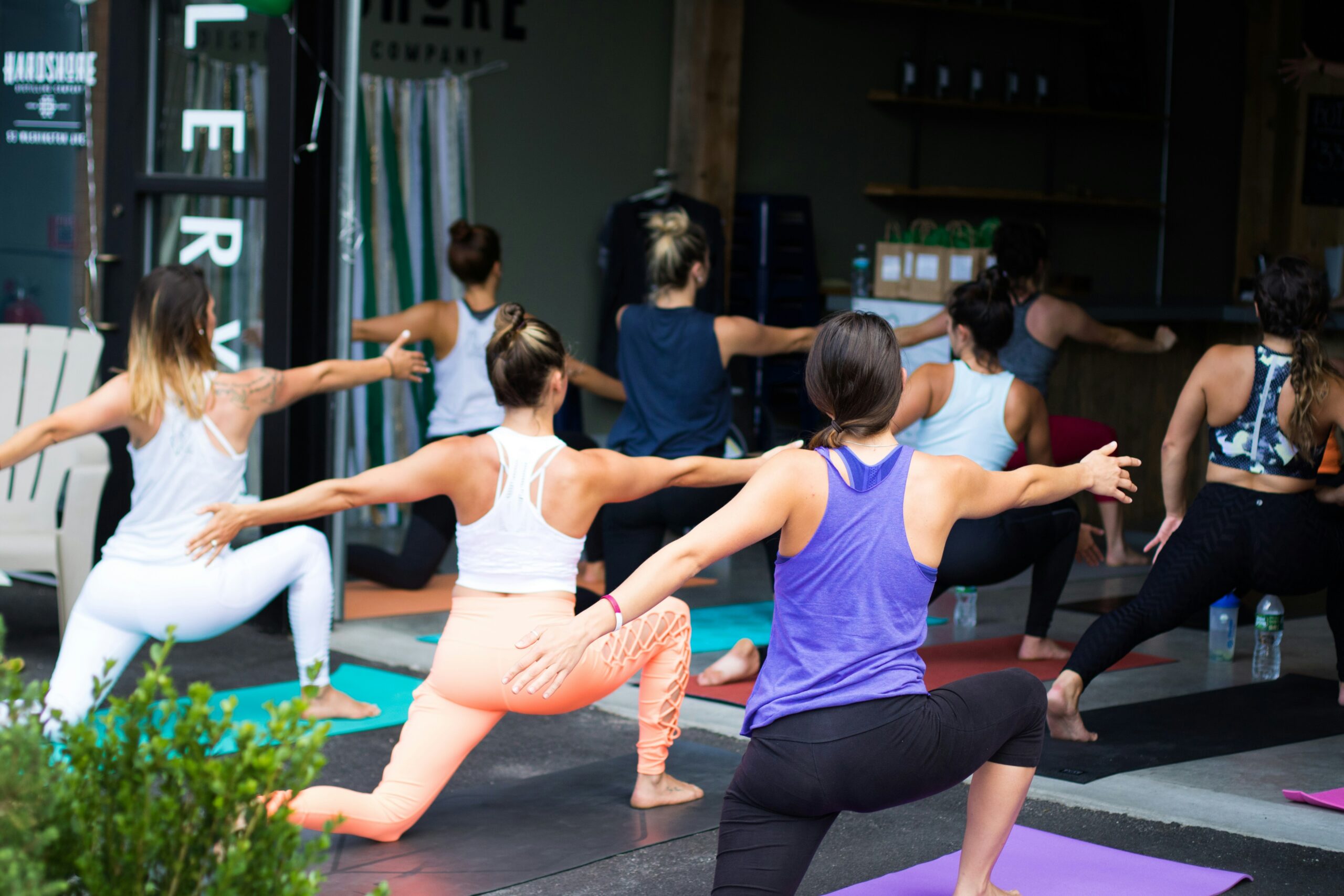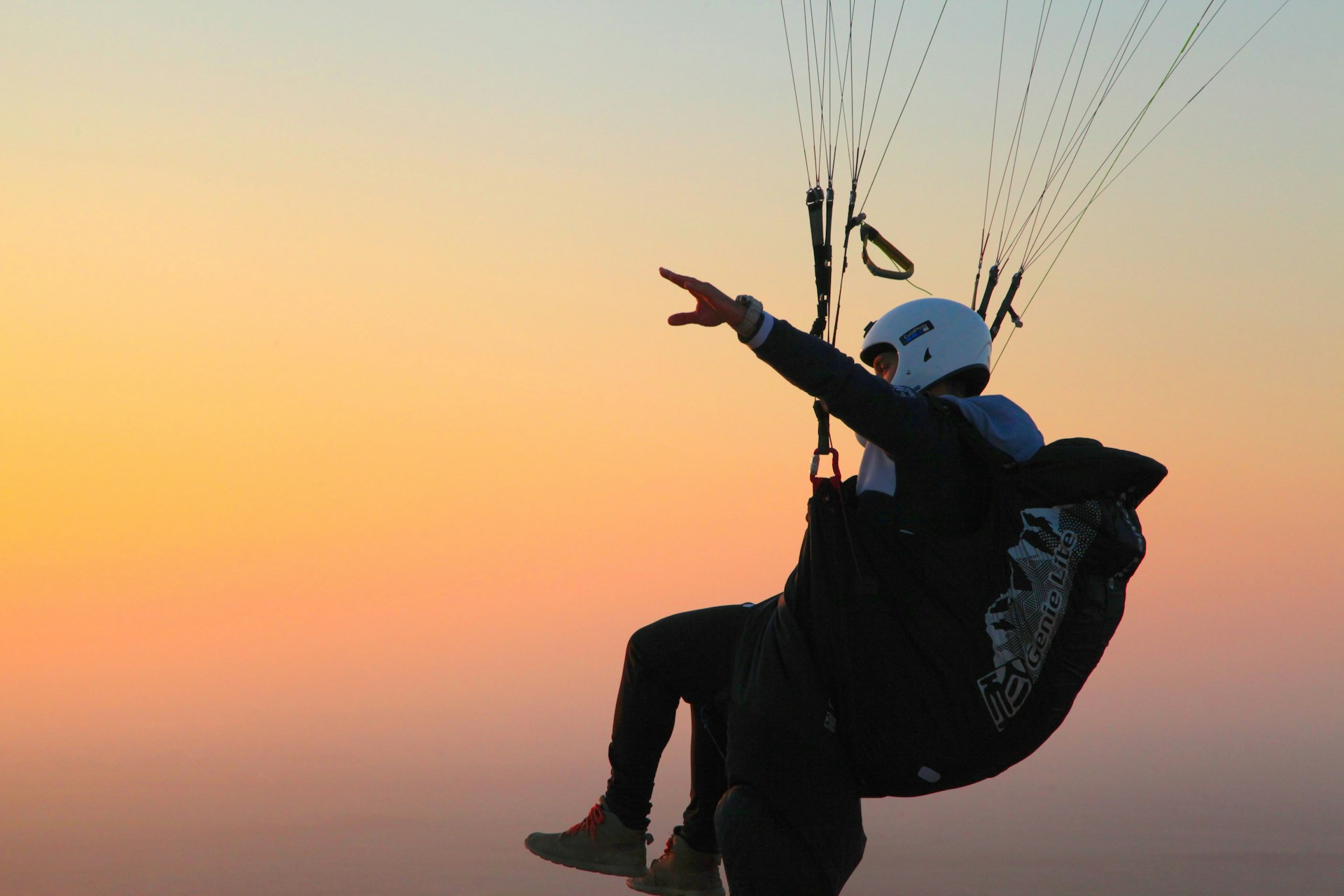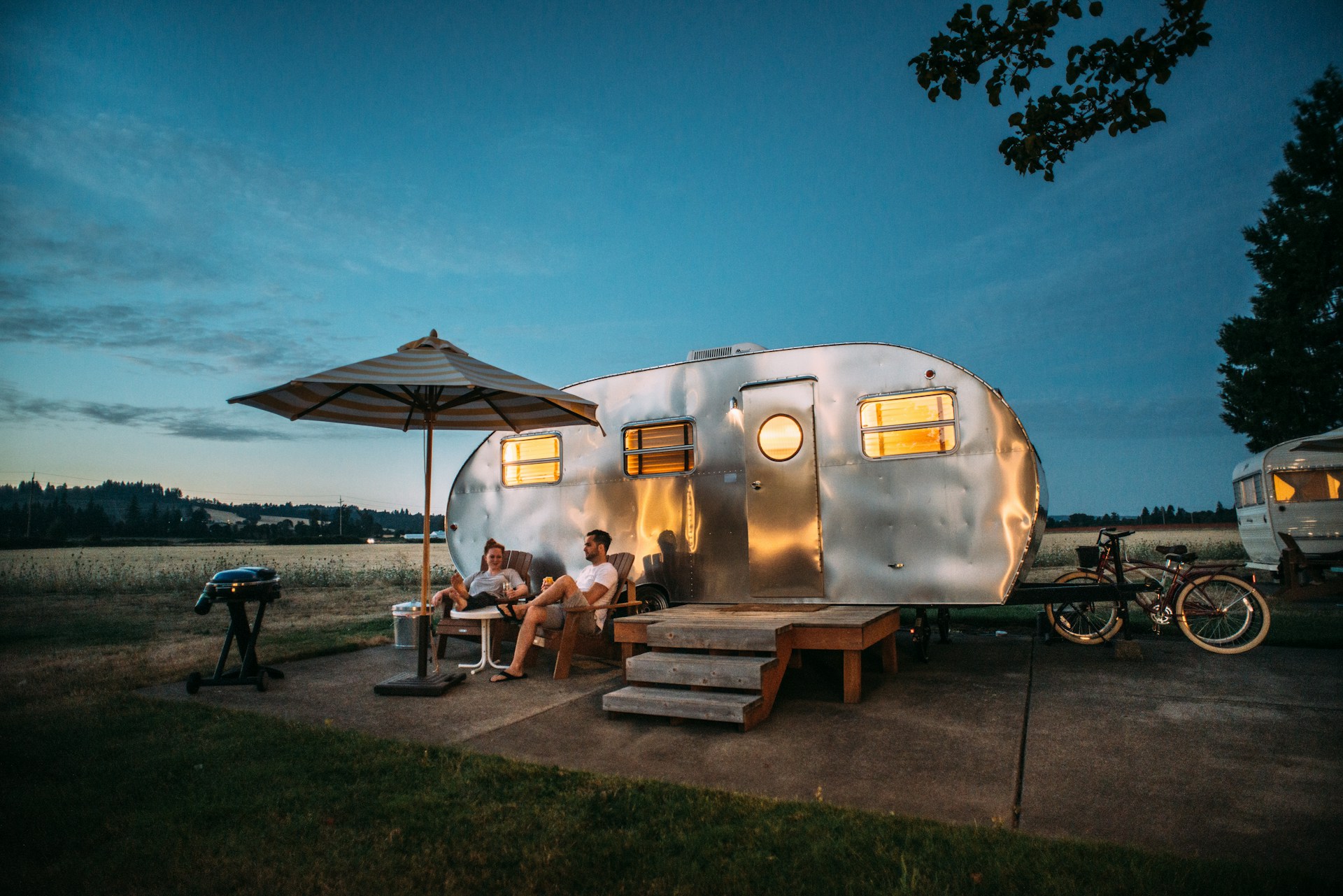You’ve probably come to this snowboarding tips for beginners article because you’re thinking about learning to snowboard for the first time, or you’ve already started and want to improve your skills. I understand; as a first-time snowboarder at the tender age of 27, I spent a long time navigating the bunny hills and green runs before feeling at ease and speed on my board. Although there is no magic formula for learning snowboarding for beginners, there are some things you can do to make the process go more smoothly. I’ve compiled the best beginner snowboarding tips that helped me start shredding the slopes successfully in just a few days to help you get started on the slopes as quickly as possible.
1. Make Sure You Have All Of The Necessary Equipment
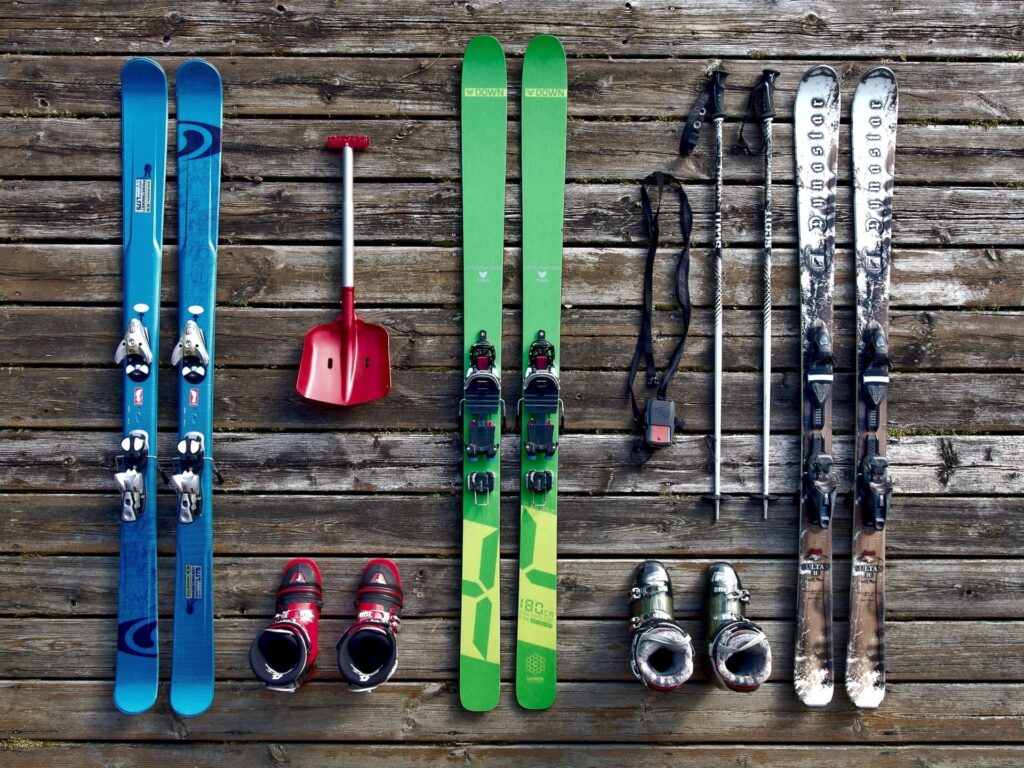
Having the proper equipment can make or break your snowmobiling experience. Snowboarding is difficult enough for beginners, and wearing non-snow-appropriate clothing will make it even more difficult! Consider this: if you don’t have the proper clothing and equipment, you’ll be cold, wet, and burdened by damp, heavy clothing that won’t dry.
High-quality gear, on the other hand, will keep you warm, dry, and free to enjoy the slopes. The following items are essential for your first time on the slopes:
- A jacket that is waterproof
- A pair of waterproof pants
- Base layers that are comfortable
- Socks that are thick
- Gloves or mittens
- Gaiter for the neck
- Helmet
- Goggles
For your first time on the slopes, you don’t need anything fancy. Before you spend a lot of money on high-end ski or snowboard equipment, go through your closet and see what you already have. Simply avoid fabrics that absorb moisture, such as cotton or denim, in favour of moisture-wicking wool or technical synthetics like nylon and polyester.
We strongly advise getting some protective gear for your first few days on the slopes, in addition to snow-friendly gear. Helmets, wrist guards, knee pads, and padded shorts are all options for added protection in the event of a fall. Snowboarding often results in injured or bruised wrists, knees, shins, and tailbones, so taking these small precautions ahead of time can help reduce the risk of injury when you’re first hitting the slopes.
2. Plan Ahead Of Time How You’ll Spend Your Day On The Slopes
It’s a good idea to plan out your day before you go to the resort of your choice so you can get the most out of your time learning and riding. If you haven’t yet decided on a resort, do some destination research to find the closest ski resort to your hometown. Larger resorts will typically offer a wider range of runs as well as the best beginner resources (lessons, rentals, etc.).
Check out the weather and slope reports on the resort’s website after you’ve decided which resort you want to visit. It’s best to avoid learning on days when it’s going to rain or be too hot, as this leads to poor snow conditions. Because certain resorts may be forced to close several runs due to bad weather, check to see if the beginner terrain is open on your preferred dates.
Finally, look over a trail map for the resort you intend to visit. A trail map is an illustrated map that depicts the park’s various groomed trails. Ski resorts usually use the following abbreviations:
- Beginner-friendly trails are marked with a green square.
- Intermediate trails are indicated by the blue circle/blue trails.
- Advanced trails are designated as black diamond/black trails.
- Expert-only trails are double black diamond/black trails.
- Terrain parks are indicated by the orange bar and orange areas.
- You can use the trail map to find the best riding areas for beginners.
Each resort usually has a learning “bunny hill” that is smaller and gentler than the longer runs, and this is always a good place to start. You can also draw out a few green runs you want to try and write down the names of the lifts that serve them (you don’t want to get on the wrong lift and discover there are no easy slopes coming down from it!).
Narrow trails, advanced trails, trails with trees or obstacles, and terrain parks should all be avoided at first.
3. Schedule A Lesson (& look for deals)
If you have the financial means, we strongly advise you to take a lesson on your first day on the slopes. A professional instructor will not only be able to teach you much faster than a YouTube video or a friend (or an Urban Outdoors article about snowboarding tips for beginners…), but they will also be able to provide you with real-time feedback and tips to help you break bad habits right away.
In most cases, resorts offer two types of lessons: group and private. Group lessons are typically less expensive and cater to a smaller group. Less personalised attention, possibly having to take a lesson with young children, and having to cater the group’s teachings to the least advanced person (meaning you can’t progress at your own pace) are some of the disadvantages of group lessons.
Private lessons, on the other hand, are much more tailored to the student’s needs, but they are also significantly more expensive. Private lessons for you or a small group of family and friends are usually available on an hourly, half-day, or full-day basis at resorts. On my third day of constant wiping out on the mountain, I decided to take a 3-hour private snowboarding lesson with Adam at Okemo Mountain Resort, and it was a huge help.
4. Decide On Your Position
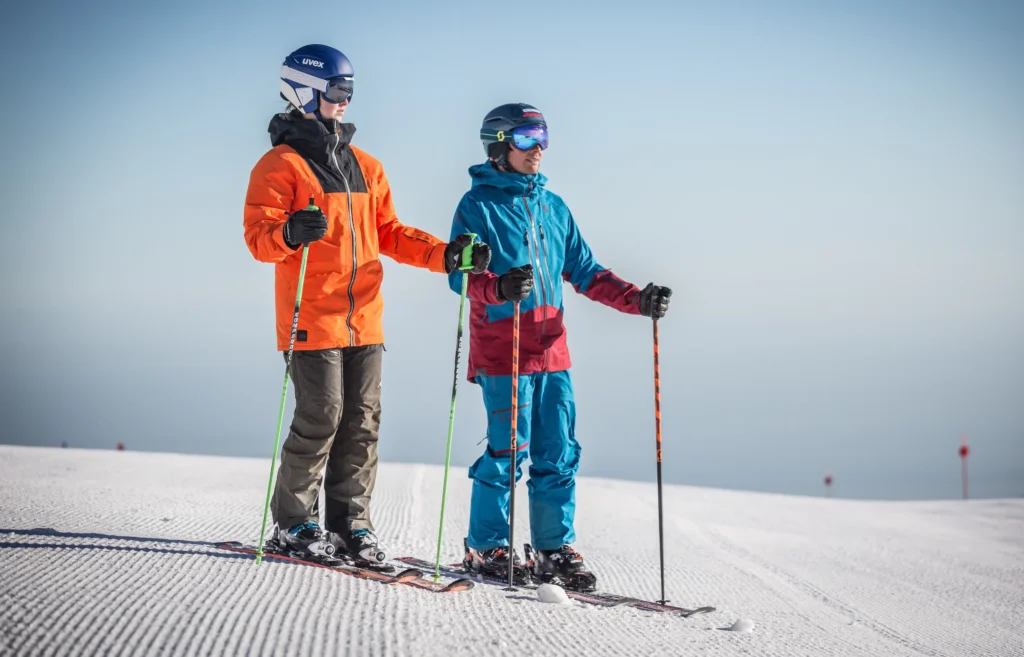
Once you’ve decided to hit the slopes, you’ll need to determine your snowboarding stance. On the board, your stance determines which foot will be your front foot and which foot will be your back foot. Unlike some other beginner snowboarding guides, we recommend coming up with a hypothesis for your stance before going to the resort so that you can make the rental/learning process go more smoothly.
Some people, particularly those who have previously participated in sports or ridden a board, will intuitively know which foot feels most at ease in the forward position. I was a gymnast for many years as a kid and tumbled left-footed, so I was more at ease with my left foot forward.
Many people use the terms “regular-footed” and “goofy-footed” to describe these stances. Regular indicates that your left foot is forward in the board, while goofy indicates that your right foot is forward. The back foot, in general, should be the more dominant foot. There are a couple of ways to figure out which foot should go forward if you’re not sure:
Consider how you would kick a soccer ball. You’re more likely to ride with your left foot forward if you naturally kick with your right (regular). You’re more likely to ride goofy-footed if you kick with your left foot.
Have someone (gently) push you from behind. Your front foot on the board will most likely be whichever foot you put forward for balance.
Take the same stance you’d use if you were boxing or punching someone. Which foot is in front? You might be regular-footed if it’s your left foot. You might be goofy-footed if it’s your right foot.
It’s important to note that none of these methods are the “be-all and end-all” of determining your snowboarding stance. Getting on a board and seeing what feels right is the best way to determine whether you are regular- or goofy-footed. You can’t force the wrong stance any more than you can force your dominant writing hand.
5. Work On Your Fitness
None of our beginner snowboarding tips will help you as much as being in good physical shape before you hit the slopes. Being able to snowboard well and for long periods of time necessitates a high level of physical strength and stamina. Those who regularly go to the gym or participate in outdoor activities such as hiking, climbing, or paddling should be fine on the slopes. Strong legs and core muscles, in particular, will greatly assist you with many of the movements required in snowboarding.
That said, no matter how fit you are, you may find yourself sore after a day or two of snowboarding. This is perfectly normal! Snowboarding works muscles you might not even be aware of, and you’ll definitely feel them after a long day of shredding
